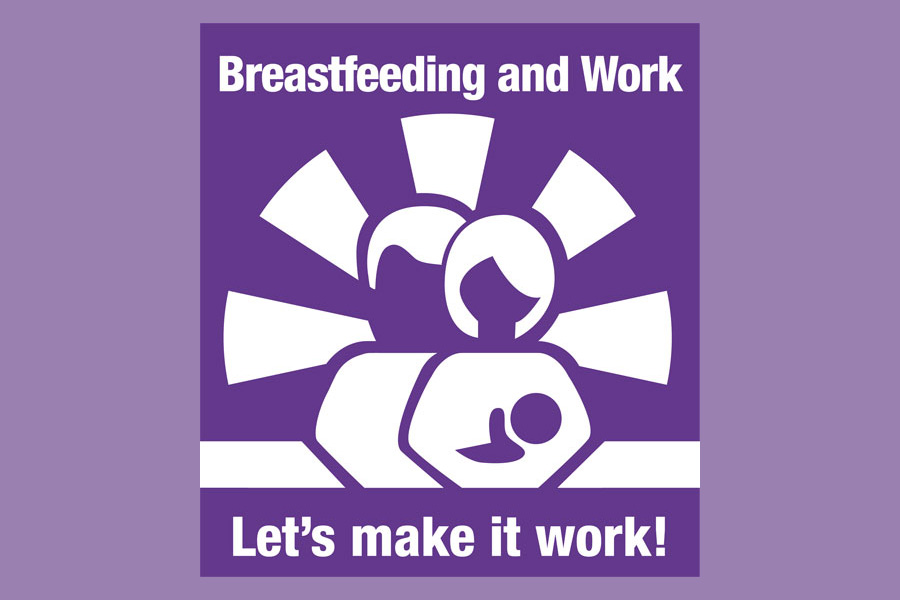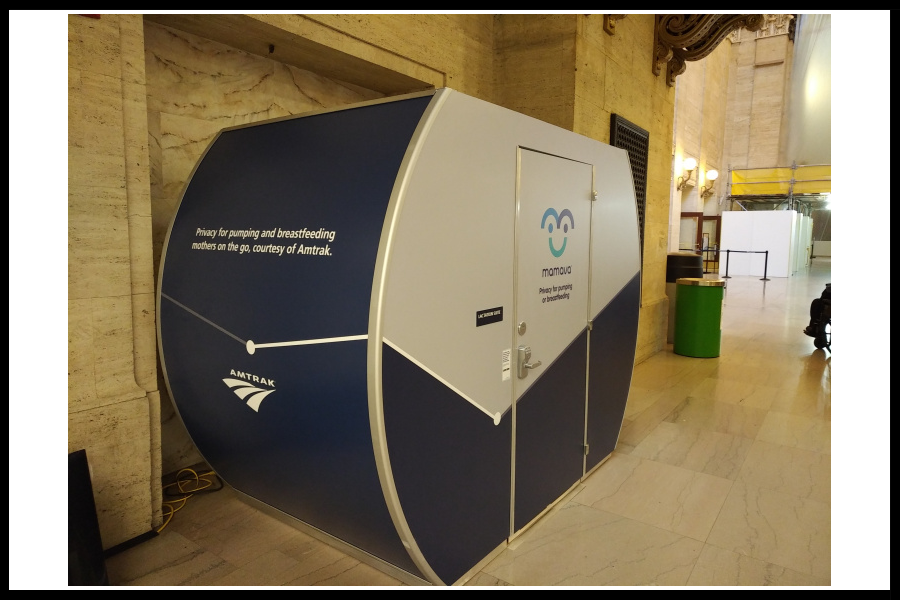American Academy of Pediatrics (AAP) identifies stigma, lack of support and workplace barriers as obstacles that hinder continued breastfeeding.
The American Academy of Pediatrics recommends exclusive breastfeeding of infants for the first six months of life before introducing nutritious complementary foods, while encouraging social and systemic changes to support mothers who choose to breastfeed.
The AAP outlines its recommendations and evidence of significant health benefits to infant and mother within an updated policy statement and technical report, both titled, “Breastfeeding and the Use of Human Milk” Published in the July 2022 issue of Pediatrics and available online June 27. The updates include a recommendation to support parents who choose to breastfeed their infant to age 2 and beyond.
“Human milk is all a baby needs for the first six months of life,” said Joan Younger Meek, MD, MS, RD, FAAP, FABM, IBCLC, lead author of the reports, written by the AAP Section on Breastfeeding. “Breast milk is unique in its nutrients and protective effects, and really quite remarkable when you look at what it does for a child’s developing immune system. Not everyone can breastfeed or continue breastfeeding for as long as desired for various reasons, including workplace barriers. Families deserve nonjudgmental support, information and help to guide them in feeding their infant.”
Research has shown that breastfeeding is linked to decreased rates of lower respiratory tract infections, severe diarrhea, ear infections and obesity. Breastfeeding is associated with lower risk of sudden infant death syndrome, as well as other protective effects.
The AAP recommends:
- Exclusive breastfeeding for the first 6 months. There is no need to introduce infant formula or other sources of nutrition for most infants. Beyond 6 months, breastfeeding should be maintained along with nutritious complementary foods.
- AAP recommends that birth hospitals or centers implement maternity care practices that improve breastfeeding initiation, duration, and exclusivity.
- There are continued benefits from breastfeeding beyond 1 year, and up to 2 years especially in the mother. Long-term breastfeeding is associated with protections against diabetes, high blood pressure, and cancers of the breast and ovaries.
- Mothers who choose to breastfeed beyond the first year need support from their medical care providers, as well as protections against workplace barriers.
- Policies that protect breastfeeding, including universal paid maternity leave; the right of a woman to breastfeed in public; insurance coverage for lactation support and breast pumps; on-site child care; universal workplace break time with a clean, private location for expressing milk; the right to feed expressed milk; and the right to breastfeed in child care centers and lactation rooms in schools are all essential to supporting families in sustaining breastfeeding.
“The AAP views breastfeeding as a public health imperative and also as an equity issue,” said Lawrence Noble, MD, FAAP, FABM, IBCLC, co-author of the policy statement and technical report, which details the evidence that supports human milk feeding. “Pediatricians and other medical professionals can help mothers meet their intended goals for breastfeeding and provide care that is inclusive, equitable, and culturally sensitive.”
White, Hispanic or Latino and Asian families initiate breastfeeding at higher rates than the Black population in the United States, according to the 2018 National Immunization Survey (NIS) of the Centers for Disease Control and Prevention. Similar disparities are also seen among mothers with low income (participants in the Special Supplemental Nutrition Program for Women, Infants, and Children [WIC]); younger women ( younger than 20 years); and those with a high school education or less. The policy statement calls for addressing implicit bias, structural bias, and structural racism to eliminate disparities in breastfeeding and improve the health and well-being of all children and families.
The policy also notes that children of gender-diverse parents may have less access to human milk because of both social and biological constraints. When working with gender-diverse families, AAP suggests asking families what terms they use and that the term “chestfeeding,” may be more accurate and inclusive as it concerns lactation and physiology in gender-diverse families.”
“Breastfeeding can be challenging for new parents, and support from their families, doctors and work places is essential,” Dr. Meek said. “The health benefits are vast and can be viewed as a long-term investment not only in a child’s development, but to public health as a whole.”
- Read original news release here
- Download AAP Policy Statement: “Breastfeeding and the Use of Human Milk” here (published July 2022)
- Download AAP Technical Report: “Breastfeeding and the Use of Human Milk” here (published July 2022)
The American Academy of Pediatrics is an organization of 67,000 primary care pediatricians, pediatric medical subspecialists and pediatric surgical specialists dedicated to the health, safety and well-being of infants, children, adolescents and young adults.






















